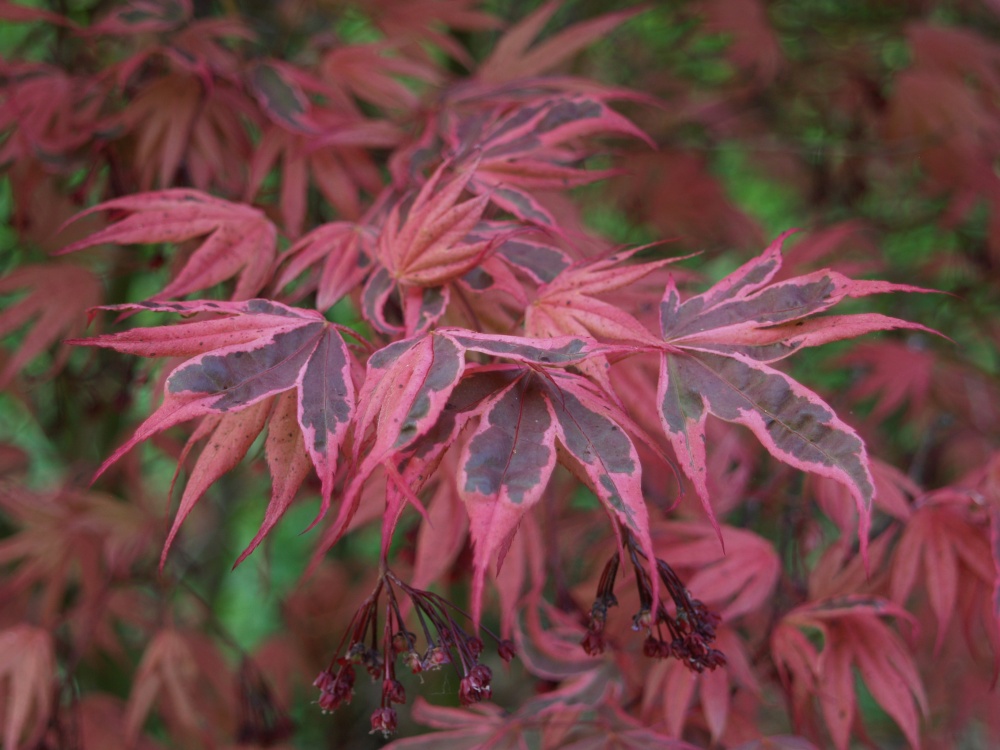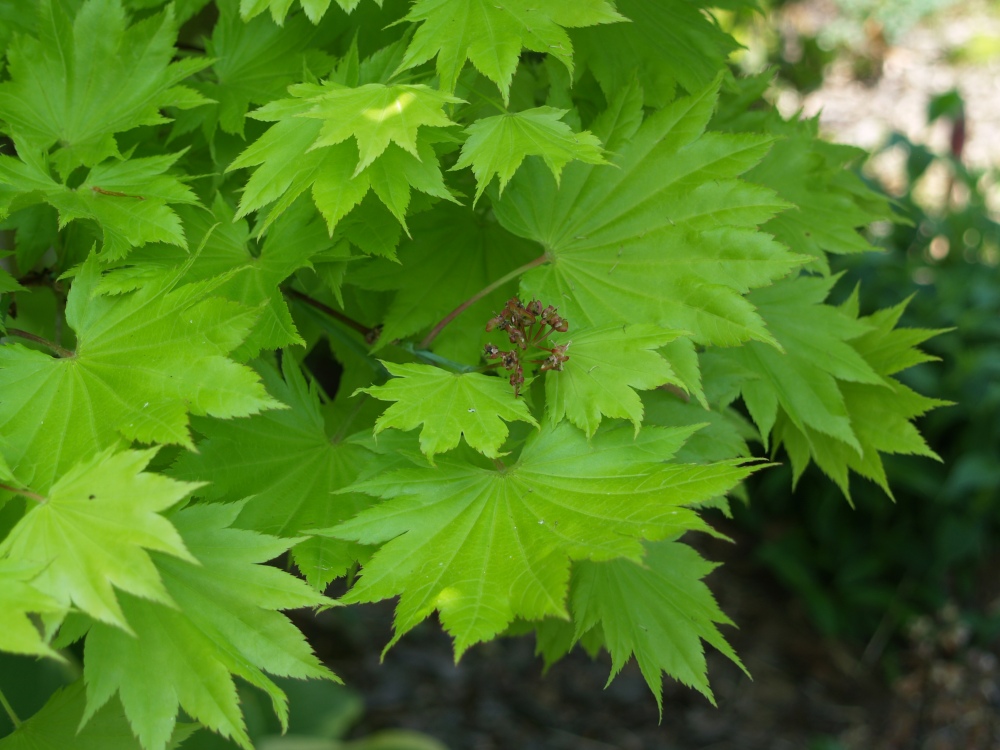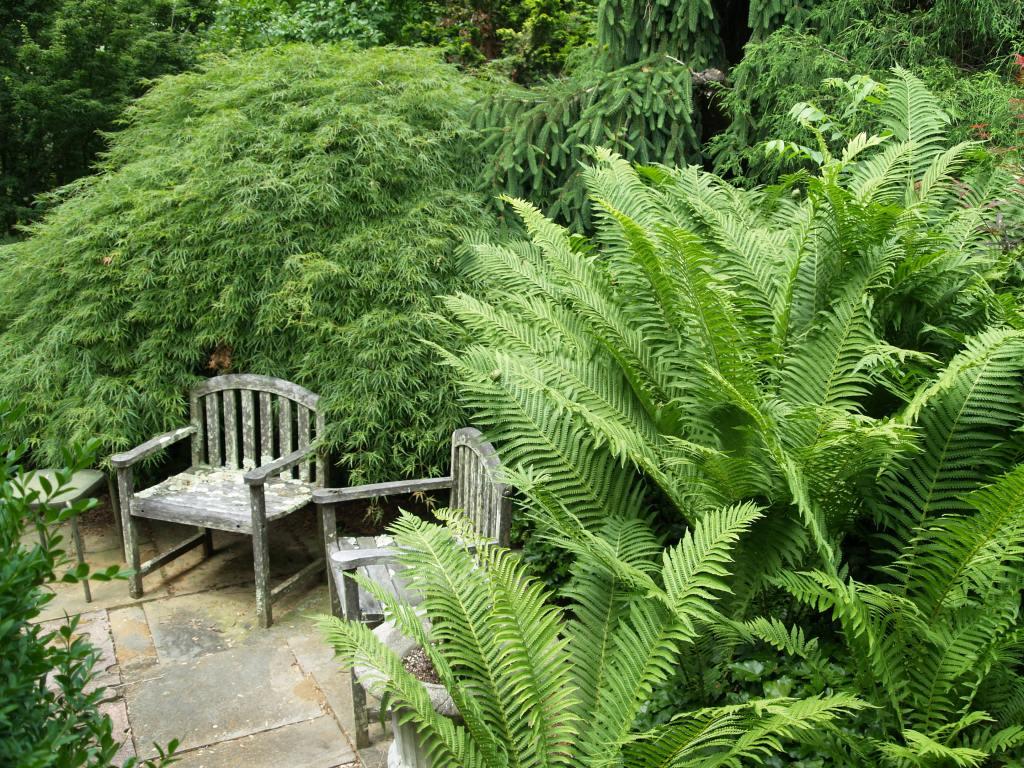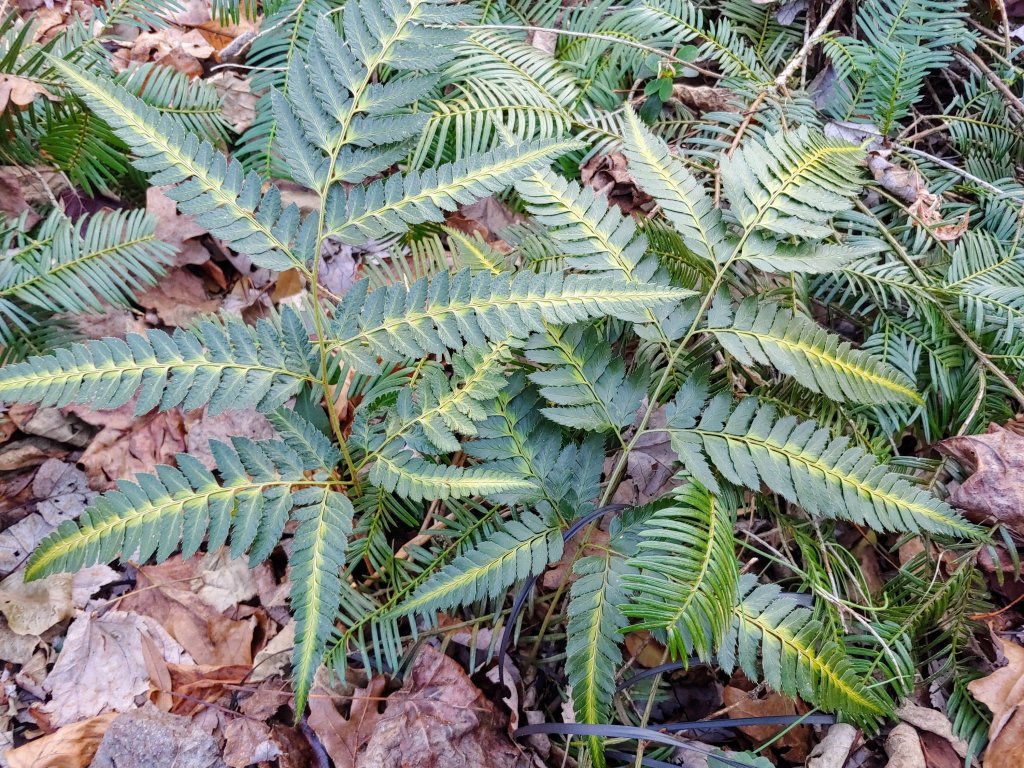With fewer urgent matters to occupy the gardener’s time, early winter is a period for planning, what will be and what must be purchased for spring planting, and also for reflection. While scattered blooms and smaller delights entertain through these otherwise dreary winter months, piles of leaves and bare branches invite thoughts of the lushness of spring.
Inevitably, I am attracted to plants that shorten the gap until spring’s growth. Mahonias, witch hazels, and snowdrops are visited every day that temperatures permit outdoor treks, but it is flower buds of hellebores and paperbushes that are most closely monitored.

The garden’s collection of hellebores continues to increase, though more slowly in recent years as inexpensive options dwindle. A few costlier types (possibly a few more than a few) are added, and there is ample space for more as the garden sneaks past the shaded southern property line. The seemingly endless supply of two year old seedlings from sturdy varieties are potted to share, or transplanted, with enough variation to satisfy, and lessen the urge for new purchases.
Winter forecasts are closely watched, hoping that temperatures do not stray below zero (Fahrenheit), when buds of paperbushes (Edgeworthia chrysantha, below) are damaged. With repeated nighttime temperatures several degrees below zero there is damage to stems, which can be avoided for smaller shrubs with protection by leaf filled wire enclosures, but not practically with paperbushes in the garden ranging from six to sixteen feet across.

A single night at zero prompts regular scrutiny of flower buds until swelling buds reveal their first color. In a fortunate, mild winter, this initial display of yellow could be as early as the last week of January, or more regularly a month later, which invites daily concern that buds might be damaged.
I notice that the small red flowered paperbush (‘Akebono’), rescued a year ago in declining health from very damp ground in the lower rear garden and moved to a drier spot, has substantially recovered and shows several small flower buds. This paperbush is said not to grow as large as the yellow flowered shrubs, but I suspect within a few years I’ll be chopping it back to keep the path open.

Amidst the riot of spring colors, no event is anticipated more than the leafing of Japanese maples. Leaves of the few dozen varieties appear over several weeks, with the boldest reds, yellows, and variegation displayed in the earliest weeks after leaves emerge. Dainty blooms are least visible against red leafed maples, and most prominent with yellow or green leaves.

The common preference for red leafed Japanese maples is not mirrored in this garden where green, yellow, and variegated leaf types are equally represented. Certainly, I do not dislike the red leafed maples, but I’ve grown particularly fond of the green leafed Fernleaf maple (Acer japonicum ‘Aconitifolium’) and the yellow Golden Full Moon maple (Acer shirasawanum ‘Aureum’). Two dozen other maples are favored to slightly lesser degrees, but greater still than any dogwood or redbud, that are second to none in the kingdom of flowering trees (and liberally represented in this garden).

Beyond a doubt, I’ve been guilty of collecting a few too many of a few too many varieties of plants. Most recently, I’ve caught the fern bug, and here is enough variety to keep me going for years. Most of the local natives now reside in the garden, along with handfuls of others and more on the way for spring. Admittedly, I sometimes cannot tell one from another yet, but that will come.

The earliest ferns planted in the garden were transplants of native Ostrich ferns (above) from a dense patch in the forest in damp ground just off the garden’s edge. The few were moved to a spot too dry and too sunny, where they have thrived and spread quickly enough to provide starts for two additional areas. Properly placed ferns require nothing more than cutting deciduous types to the ground prior to spring growth, and none are bothered by animals, pests, or diseases except this patch in part sun is regularly nibbled by Japanese beetles in mid summer.

By August, without irrigation, the small sections of lawn are parched and the garden reflects extended periods of heat and dryness. Then, the first toad lilies (Tricyrtis) appear, followed one after another with small flowers that cannot be seen from a distance. The neighbors must be unaware of their lovely blooms, but the small collection is observed countless time until frost.

Ask any week, favorites change, but in the cold of early January when thoughts turn to warmer times, these are recalled with particular fondness.